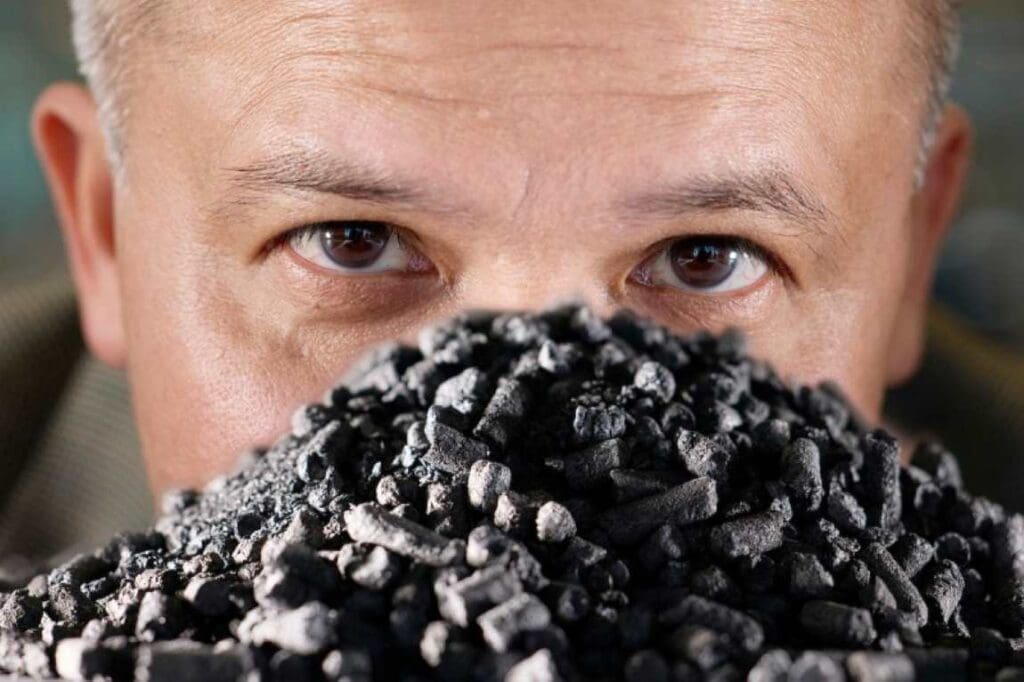A groundbreaking study reveals a startling increase in global CO2 emissions from forest fires, which have surged by 60% since 2001.
The research, published in Science and led by the University of East Anglia (UEA), highlights a significant rise in emissions from boreal forests in northern latitudes, nearly tripling in some regions.
The research classified the world into regions known as ‘pyromes‘, where similar environmental, human, and climatic factors influence forest fire patterns. This approach enabled the team to isolate factors driving the rapid escalation in fire-related carbon emissions. Notably, boreal forests in Eurasia and North America experienced the most severe changes, with emissions from fires in these regions tripling over the past two decades.
This sharp increase is largely driven by more frequent fire-favorable weather conditions, such as heatwaves and droughts. Climate change, which is causing rapid warming in the northern latitudes – at twice the global average – has also accelerated forest growth, providing more fuel for fires. These shifts highlight the growing vulnerability of forests to climate-induced wildfires.
Lead author Dr. Matthew Jones from Tyndall Centre for Climate Change Research, at UEA, emphasized the severity of the findings: “Increases in both the extent and severity of forest fires have led to a dramatic rise in the amount of carbon emitted by forest fires globally. Startling shifts in the global geography of fires are also underway, and they are primarily explained by the growing impacts of climate change in the world’s boreal forests.”
The study sheds light on a worrying trend, not only showing the growing extent of forest fires but also their increasing intensity. The carbon combustion rate, which measures the amount of carbon released per unit area burned, has increased by almost 50% globally since 2001.

Rising threat to carbon storage
Forests serve a crucial role in mitigating climate change, as they capture and store CO2 from the atmosphere. Reforestation and afforestation efforts have become key strategies for offsetting human-induced carbon emissions, particularly in industries like aviation, where emissions are difficult to reduce. However, the success of these schemes hinges on the long-term stability of carbon storage in forests.
Wildfires pose a significant threat to these efforts, with fires in extratropical forests now releasing an additional half a billion tonnes of CO2 annually compared to two decades ago.
According to Dr. Jones: “The steep trend towards greater extratropical forest fire emissions is a warning of the growing vulnerability of forests and it poses a significant challenge for global targets to tackle climate change. We know that forests rebound poorly after the most severe fires, so there is huge interest in how the observed increases in fire severity will influence carbon storage in forests over the coming decades.”
The ability of forests to recover after intense fires remains a critical question. In many cases, post-fire recovery has been insufficient to balance the carbon released during the fire, further straining global carbon targets.
Escalating impacts masked by savannah fire trends
The study also highlights an important contrast: while emissions from forest fires are increasing, global fire activity in savannah regions has been declining. Since 2001, the total area burned by all fires, including non-forest fires, has dropped by 25%, mainly due to reduced burning in fire-prone savannahs and grasslands.
However, forest fires – particularly in boreal regions – burn more severely than savannah fires and produce larger volumes of harmful smoke. This smoke poses a significant threat to air quality, both for nearby communities and for those living far from the fire, where smoke can be carried by wind.
Dr. Jones warns that the focus on declining global fire activity has masked the true impact of increasing forest fires: “Our work shows that fires are increasingly happening where we don’t want them to – in forests, where they present the greatest threat to people and to vital carbon stores.”
Proactive fire management as a solution
Using machine learning, the research team grouped the world’s forest ecoregions into 12 distinct pyromes, revealing valuable insights into how climate change is altering global fire patterns. This method allows researchers to isolate the effects of climate change from other factors like land use and helps identify the best strategies for managing wildfires.
Dr. Jones emphasizes that fire management must shift from being primarily reactive to more proactive. He calls for substantial financial investment to support strategic forest management programs, including stakeholder engagement and public education. This new approach would focus on actively monitoring and managing forests to reduce fuel loads and mitigate fire severity.
“Managing fuel loads in places where they could present the greatest danger during fire-favorable weather is a key priority for limiting the severity and impact of fires when they do occur,” Jones said. “Priority areas for forest management and fire breaks must be defined based on proactive monitoring of forest productivity, particularly in the extratropics.”
The study, supported by the UK Natural Environment Research Council (NERC) and the European Commission’s Horizon 2020 programme, underscores the urgent need for global action to limit fossil fuel emissions and halt the rapid warming that is driving this surge in forest fires.
Journal Reference:
Matthew W. Jones et al. , ‘Global rise in forest fire emissions linked to climate change in the extratropics’, Science 386, eadl5889 (2024). DOI:10.1126/science.adl5889
Article Source:
Press Release/Material by University of East Anglia
Featured image credit: Malachi Brooks | Unsplash




